Trigger Change!
Innovations in
Sustainable
Urban Land Restoration
A resource for university professors
This new transdisciplinary university course, developed over nine months by a team of university professors and urban planning professionals from around the world, serves as a comprehensive resource for educators. In line with the ambitious goals set by the G20 Leaders’ Declaration in November 2020 to reduce land degradation by 50% by 2040, it forms part of the G20 Global Initiative on embedding land restoration into university curricula worldwide.
Launched in May 2025, this course targets university students worldwide enrolled in urban planning and related programs. With a focus on sustainable urban land restoration and innovation, it aims to equip a new generation of urban planners and eco-entrepreneurs.
Professors, lecturers and training instructors can receive course materials and implement this course to empower their students in addressing the challenges of balancing land use, land restoration and sustainable development through informed urban planning.
Course characteristics
Course Structure: Five Modules for Innovation and Sustainable Urban Land Restoration
The Trigger Change! Innovations in Sustainable Urban Land Restoration course is structured into five modules, spanning 48 hours of in-class instruction. Each module delves into innovations in sustainable urban land restoration, providing a comprehensive learning experience for students.
Interactive Learning Approach: Beyond Traditional Lectures
This course transcends conventional teaching methods by incorporating various interactive elements. Students engage with the material through case studies, interactive discussions, exercises and assignments, fostering a deeper understanding and application of the concepts presented.
Flexibility and Adaptability: Empowering Educators to Customize
Designed with flexibility in mind, this course offers modular content that allows educators to tailor their teaching approach. Whether integrating the entire course or selected modules into existing programs, educators have the freedom to adapt the material to suit their course learning objectives and classroom dynamics.
The course is structured around 5 modules
01.
Why Sustainable Urban Land Restoration? This module provides the course rationale and a succinct overview of cities and urban processes in the context of global challenges, specifically regarding urban land, land degradation neutrality and the need for a transition to sustainable urban land restoration.
02.
Approaches to Sustainable Urban Land Restoration. This module covers Sustainable Urban Land Restoration entry points, approaches and principles at various scales, from strategic to local planning, including entry points for Nature-based Solutions in cities.
03.
Enabling Sustainable Urban Land Restoration. This module enables students to develop critical thinking about the factors that may hinder or enable sustainable urban land restoration, notably: stakeholders, finance, policies, related governance approaches and trade-offs between these factors.
04.
Operationalizing Sustainable Urban Land Restoration. This module covers state-of-the-art tools for assessing, planning, decision making, implementing and monitoring sustainable urban land restoration, including land degradation assessment tools, citizen science and decision-making tools, and considerations related to data and ethics.
05.
The Business Case for Sustainable Urban Land Restoration. The final module of our course is dedicated to fostering innovation in sustainable urban land restoration, with an overview of the business model canvas and value proposition for urban planning, whether for public, private or public-private-partnerships.
Creative summative assignments are proposed to foster creative thinking and ecopreneurship.
As a teacher/instructor/faculty member, you will have free access to:
- 48 hours of transdisciplinary lecture materials in PowerPoint (.ppt);
- A 100-page course manual with lecture notes and suggestions on interactive teaching methods;
- 10 case studies from around the world (PPTs);
- Additional reading materials and links to videos.

Fill in to receive the course materials package! (Reserved for University professors/lecturers/instructors at non-profit or government training institutions.)
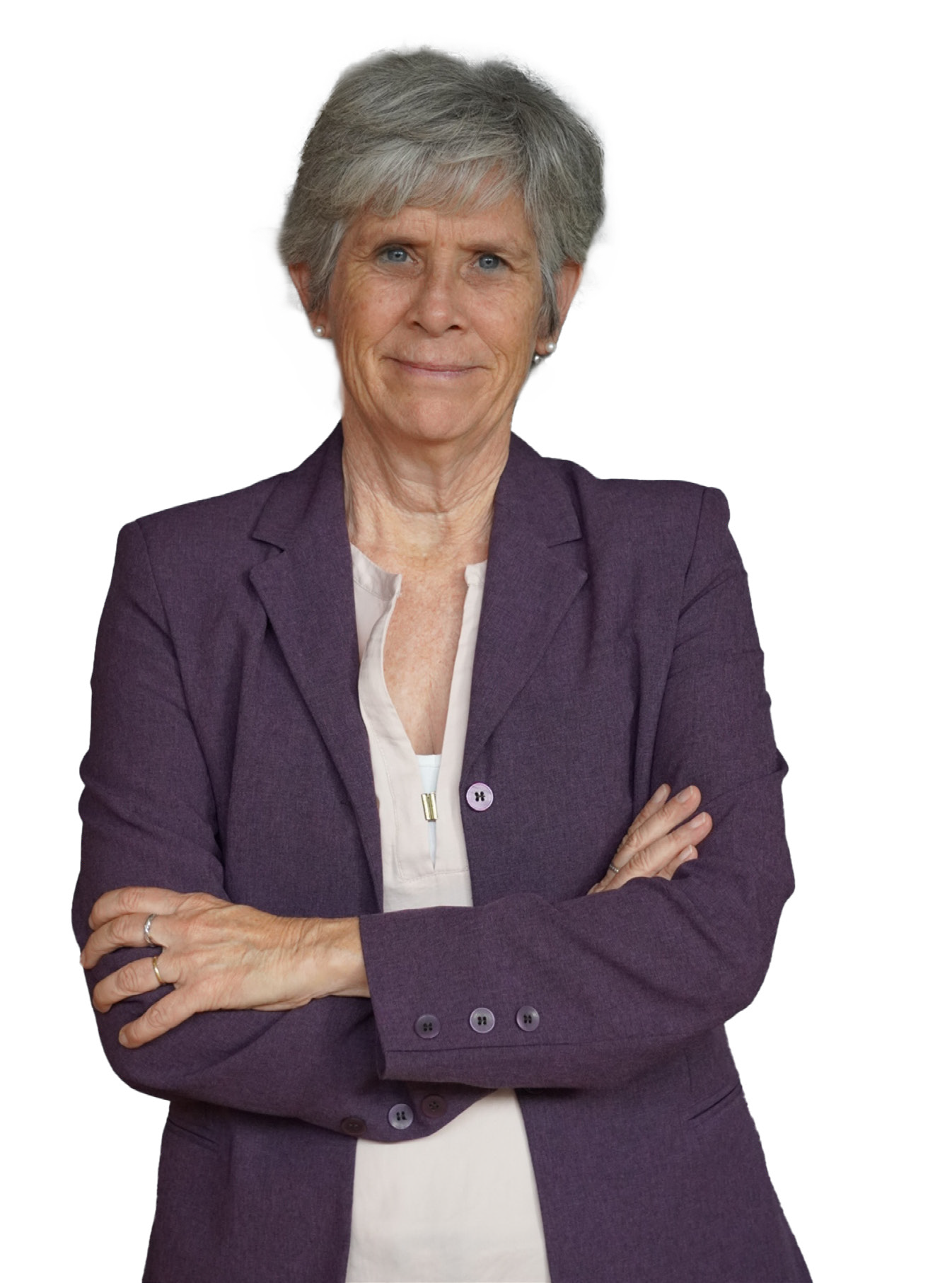
Reset your course materials password
(Existing users only!)
Have you forgotten your password? Enter your account email into this form and get new credentials in your inbox. If you haven't signed up already for this course, subscribe by filling the course materials access form above
Frequently asked questions
Objective: The objective of the Global Land Initiative is to prevent, halt and reverse land degradation with an ambition to reduce degraded land by 50 percent by 2040. The Initiative was launched in November 2020, during the G20 Saudi Presidency, at the Riyadh Heads of State Summit, the Global Initiative on Reducing Land Degradation and Enhancing Conservation of Terrestrial Habitats was launched.
1. What is the course about?
In the global needs assessment undertaken by the UN Decade on Ecosystem Restoration, a critical gap was identified in courses on urban planning and related topics. Our course aims to fill this gap by providing students with the knowledge and skills to revitalize degraded urban areas, while prioritizing ecological, social, and economic sustainability. This prepares them to participate more fully in urban green renewal as they prepare to become future urban planners, ecopreneurs, and other agents of change!
2. How can we access the course materials?
The course materials were developed for professors, lectures and instructors at higher level education institutions or training institutions teaching urban planning or related topics. If you meet this requirement, follow the link: “Receive course materials”. Read and agree to our Terms and Conditions.
3. What is new about this course?
- Modular – the course is organized in 5 modules (and 48 sub-modules, or units) which can be taught individually or as a package, together with a didactic note encouraging interactive teaching methods.
- Cutting edge – The course has been drafted by a group of academics with a broad geographic representation and a track record of cutting edge research and education related to urban planning, urban land restoration and nature-based solutions, innovation, and transdisciplinary teaching methods. These diverse perspectives, experiences, and insights have enriched the course content, offering students a broad understanding of global urban challenges and land restoration in an urban context.
- Transdisciplinary – the course covers a variety of topics – sustainable urban land restoration, urban-related Nature-based Solutions, sustainable land management, ecopreneurship, and innovation – that not every urban planning professor/lecturer/instructor will be comfortable teaching alone. Therefore, we encourage collaboration between departments or institutions. Such exchanges are well-known catalysts for fostering innovation and creative teaching experiences. The course aims to cultivate experts, supervisors, and/or technicians to implement sustainable urban land restoration initiatives, addressing the current scarcity of such skilled individuals.
- Flexible – The duration of the lectures can be tailored to suit various university schedules.
4. What is included in the course materials?
Five modules comprising PowerPoint Presentations (PPTs) with suggested additional readings and student exercises. Additionally, case study PPTs and case study videos will also be provided.
5. What is meant by a modular course?
This allows you to integrate the entire course or select modules, or even just a few slides, into your existing course.
How can I learn about this topic if I am not enrolled at a University or training institution? The good news is that we are also working on a Massive Open Online Course! Sign up for our newsletter and social media for more information on this (https://g20land.org/).
6. I am a University student but my University does not offer this course. What can I do?
Inform your professor about our course! In the meantime, we are also working on a Massive Open Online Course! Sign up for our newsletter and social media for more information on this (https://g20land.org/).
7. How many credits is the course?
The course is estimated at 48 contact hours, corresponding to 3 European Credit Transfer and Accumulation System (ECTS). However you are free to expand or reduce the course to meet your University’s requirements.
8. Is this a bachelor’s or master’s course?
It is an upper-level bachelor’s or master’s course for any University worldwide. However the materials could also be used for advanced learning with PhD students. It can also be adapted for training institutions, teaching professionals.
Partners
Main developers
- United Nations University, Institute for Environment and Human Security (UNU-EHS)
- TH Köln, University of Applied Sciences Cologne, Germany

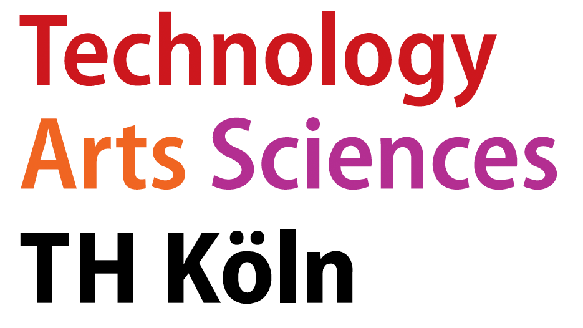
Contributing institutions
- Ain Shams University, Egypt (ASU)
- Kenyatta University, Kenya (KU)
- Universitas Gadjah Mada, Indonesia (UGM)
- University of Cuenca, Ecuador (UC)
- Food and Agriculture Organization of the United Nations, Green Cities Initiative (FAO GCI)

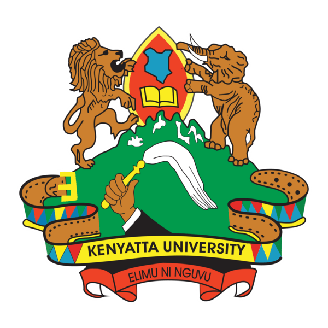
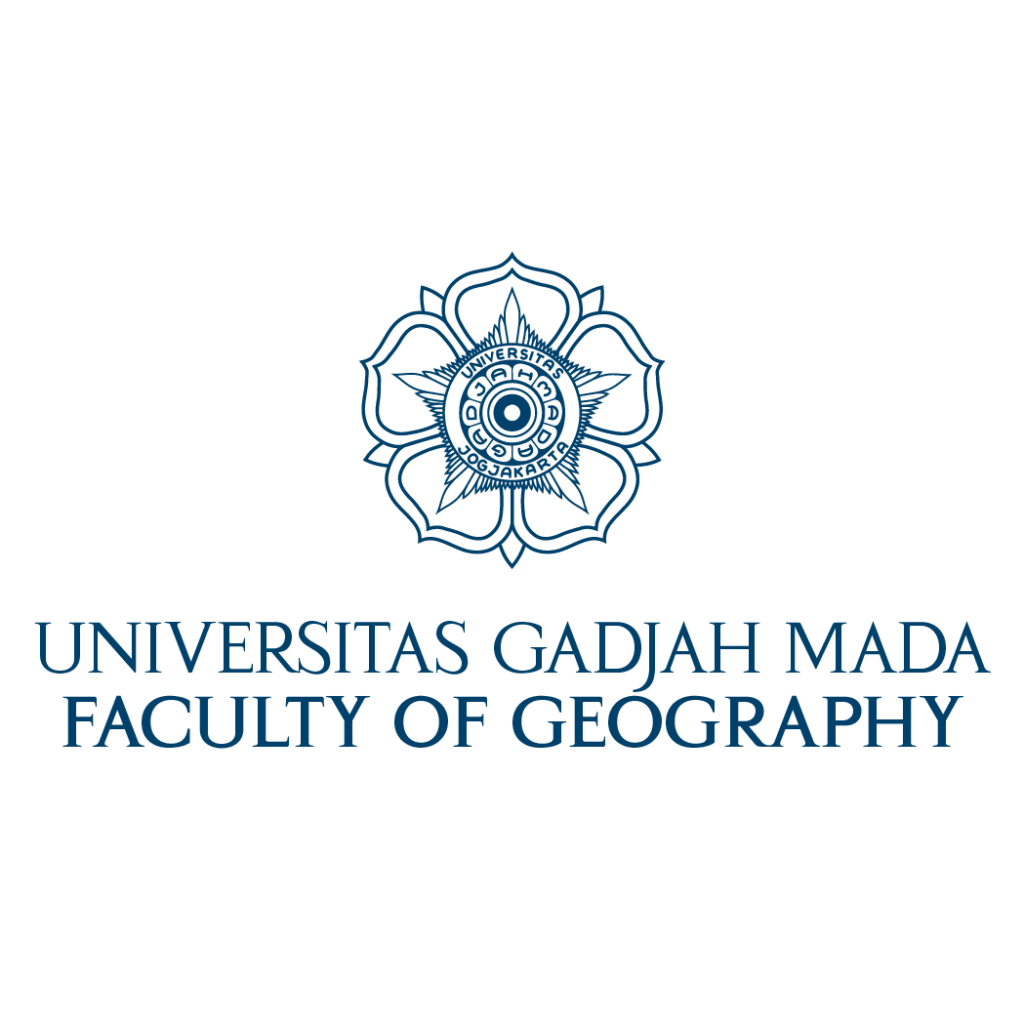
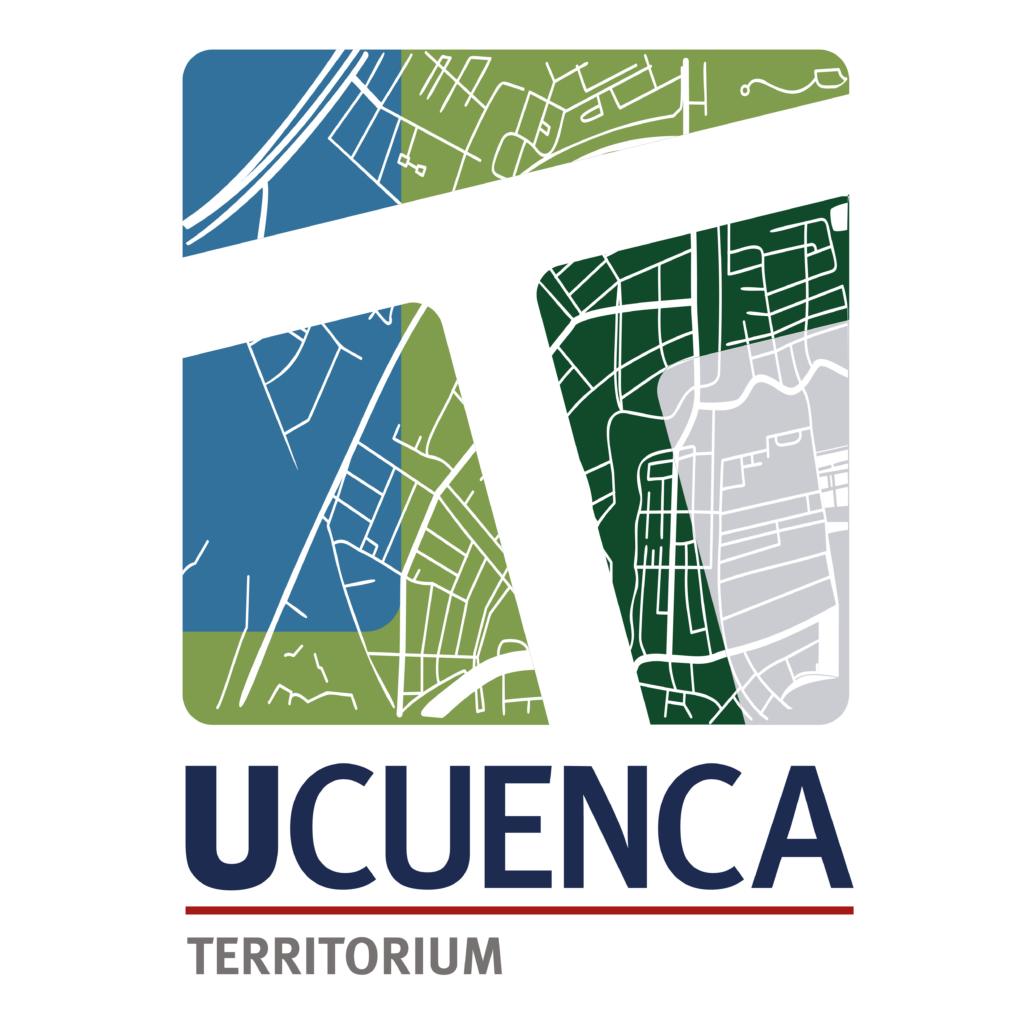
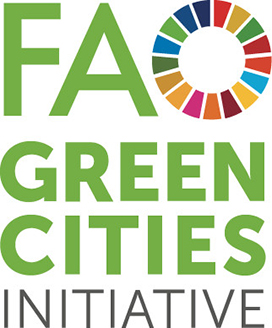
With inputs by
- Oxford University, United Kingdom
- Rivers State University, Nigeria
- International Federation of Landscape Architects (IFLA)
- SALAR International, Sweden
- Munich Climate Insurance Initiative (MCII)






Updates
New educational materials to meet global urban challenges
Stocktaking on Sustainable Urban Land Restoration in Cairo
Laying the ground to restore our future cities
Urban biking tour of restoration – #SER2025 Annual Conference, Denver, USA
Celebrating World Cities Day, 31 October, by Triggering Change in Higher Education

Upcoming events
Join one of our webinars and learn more!
More webinars coming soon.

Community of practice
Join our practitioners’ LinkedIn group, where educators from around the world can come together to exchange valuable insights and experiences. And stay connected through our newsletter for exciting updates – follow the link below to subscribe.